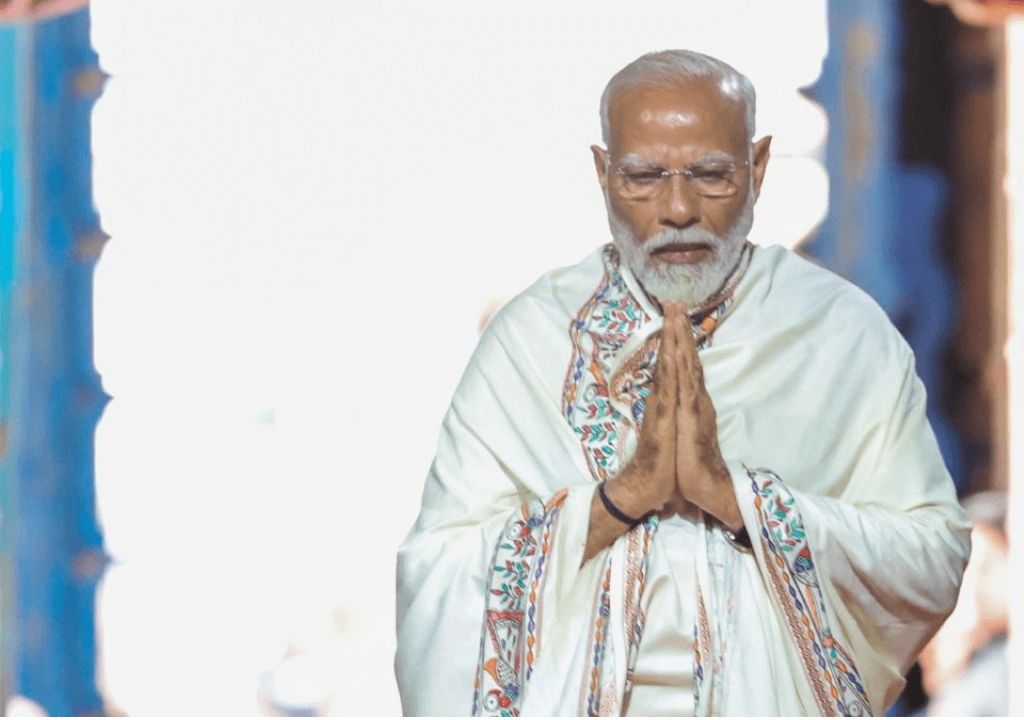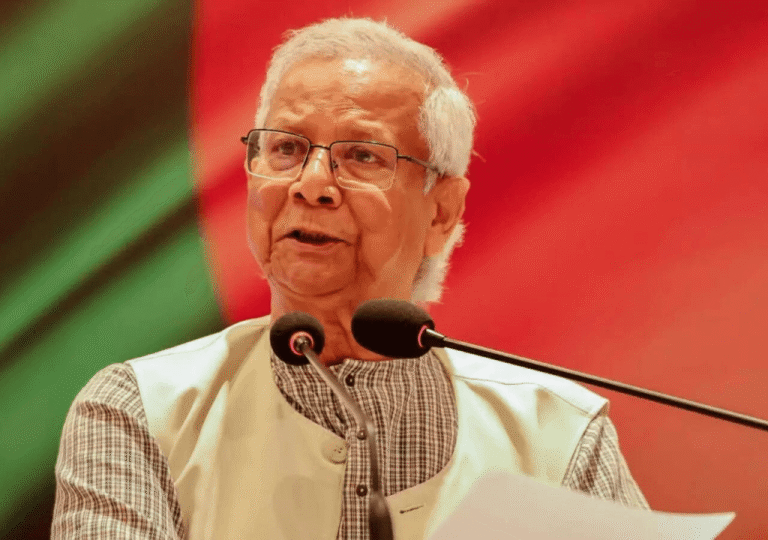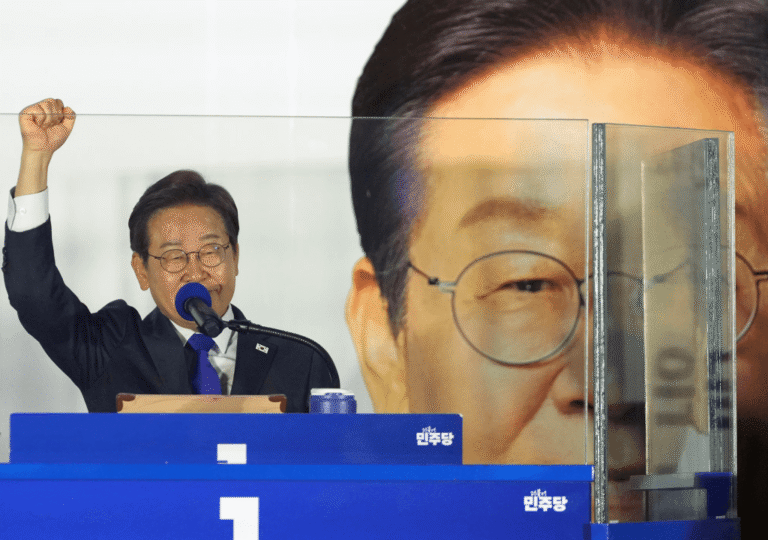Only one phase of polling remains out of the seven phases of the marathon Indian general election, which has stretched over three months. On July 4th, the election results will be published. Even though predicting the minds of a billion people is challenging, the media are forecasting an edge for the incumbent Prime Minister Narendra Modi, who is expected to secure a consecutive third term. If a strong leader like Modi and Hindu Nationalist Party awarded a continuous third term, it is expected that there will be more actions fulfilling the long-held wishes of Hindu organizations, with a priority on the formation of Akhand Bharat, a greater Indosphere, stretching Afghanistan to Myanmar, including all South Asian countries.
Last year, on the occasion of the inauguration of India’s new parliament building, a mural was unveiled that depicted a map of the Maurya Empire under Ashoka. This map, instead of modern India, sparked controversy and criticism from several of India’s neighboring countries, as almost all of them were part of that ancient empire. Mumtaz Zahra Baloch, then spokesperson for the Pakistani Ministry of Foreign Affairs, condemned the mural, branding it as an expression of revisionism and expansionism. Similarly, the junior minister for foreign affairs of Bangladesh voiced concerns, noting widespread discontent over the depicted map. Additionally, numerous Nepali politicians voiced their apprehensions about the mural.
While India appears to be employing a strategy akin to China’s, which asserts claims over neighboring territories using the Qing Dynasty map, it has not assuaged the concerns of its neighbors. Responding to these concerns, Arindam Bagchi, the spokesperson for the Indian Ministry of External Affairs, conveyed that the mural embodies the concept of responsible and people-centered governance championed by the ancient king Ashoka and the Maurya empire. However, it is evident that the map aligns with the agenda of the ruling Bharatiya Janata Party (BJP), which advocates for a revival of India’s past glory. Politicians in the BJP, including Minister of Parliamentary Affairs Pralhad Joshi, proudly declared it as a symbol of Akhand Bharat, the Pan-Indian country, asserting it as their destiny.
Narendra Modi and his Hindu nationalist right wing party, Bharatiya Janata Party (BJP), have often been accused of far-right politics that aim to revive India’s ancient histories and mythologies. He frequently speaks about restoring India to its former glory. Modi also made headlines with his promotion of the ancient name “Bharat” instead of the Western name “India” and by making a strong objective of reclaiming the Pakistan-held territory of Kashmir.
Akhand Bharat has been a long-standing demand since the Indian independence movement. The call for the creation of Akhand Bharat has occasionally been raised by various Hindu nationalist organizations, including the BJP’s parent organization, the Rashtriya Swayamsevak Sangh (RSS). The RSS textbook included a map that depicted Pakistan and Bangladesh as part of “Akhand Bharat,” along with post-partition modern India. Additionally, a trade union magazine from the same organization extended this concept to include Nepal, Bhutan, and Myanmar. Moreover RSS, there are many other organizations advocating for this idea, such as the Hindu Mahasabha, Vishva Hindu Parishad, Shiv Sena, Maharashtra Navnirman Sena, Hindu Sena, and Hindu Janajagruti Samiti. There is even one organization named the Akhand Hindustan Morcha that has this goal in its name. Many Hindu organizations believe that Akhand Bharat, stretching from Afghanistan to Myanmar and from Kashmir to Sri Lanka, is the true country they deserve. They advocate for this region, collectively called Akhand Bharat, as it reflects the ancient Hindu empires that once covered this entire area. They claim evidence for their pan-nation theory exists in the languages and cultures of these regions.
According to these Hindu organizations, Mughal and Islamic rule, referred to as Ottoman colonization, and British colonization caused the decline of the greater Indosphere, the pan-nation. They believe that when the demand for Indian independence was ignited, Britain, who not wanting a superpower in Asia, conspired with the Indian National Congress under Nehru to fragment India and lose these territories. The subsequent Congress government neglected the idea of Akhand Bharat.
However, they believe this is the perfect time to achieve this goal. Under Modi’s regime, they think they can reunite these territories with India and restore Akhand Bharat. Modi’s BJP aspires to continue ruling until 2047, the 100th anniversary of the Republic of India, and they believe it will happen during this period. BJP politicians have already expressed a desire to officially rename India to Bharat, its ancient name. Additionally, they have spoken about reclaiming Pakistan-occupied Kashmir, which was lost in the early years of independence. BJP supporters frequently use the map of Akhand Bharat in their campaigns to garner public support.
Many believe that for those who support pan-India, the route to unification will be driven more by the economy than by the military. As India becomes economically richer and is expected to be the third-largest economy in the next decade, with per capita GDP also showing signs of improvement, there is a chance for closer collaboration with neighbors, potentially leading to an economic union or a strong confederation. Other countries in the region, Afghanistan, Pakistan, Sri Lanka, Bangladesh, and Myanmar are all facing deep economic crises and are largely reliant on China’s support. For Afghanistan and Pakistan, their opposition to India is primarily due to rising Islamic identity and funding from the Middle East for Islamic governance. However, it appears that the Middle East is now less interested in Islamic propaganda and these countries are now more connected with Chinese money. But Sri Lanka serves as an example of how a country can suffer from relying on Chinese money, and the Maldives might follow. These small countries reluctance towards India is only because of Chinese financial support. If Chinese financial support diminishes, countries like the Maldives, Nepal, Bangladesh, and Myanmar may have no other option but to collaborate with India. Bhutan already seems to be a collaborative country. These collaboration is expected to follow the confederation and the Akhand Bharth.
It’s certain that India will not attempt to induce unification into a single country through military means in the near future, as the Hindu organizations wish. Such actions would significantly hinder India’s goal of becoming a developed country by 2047. Instead, the BJP is likely to adopt a more tactical approach using economy, market, Media and Movies etc. With the interests of the United States, China, and Saudi Arabia in the region waning, increased financial investment and Indian influence could lead to greater cooperation and potentially a strong union, making Akhand Bharat a possible reality. If Modi continues into his third term, he will likely work towards this goal, as it is not only his vision but also a long-time demand of the BJP’s parent organization. It is certain he cannot move forward while ignoring it. Therefore, the result of the 2024 general election in India is not only important for India but also for the entire region.








